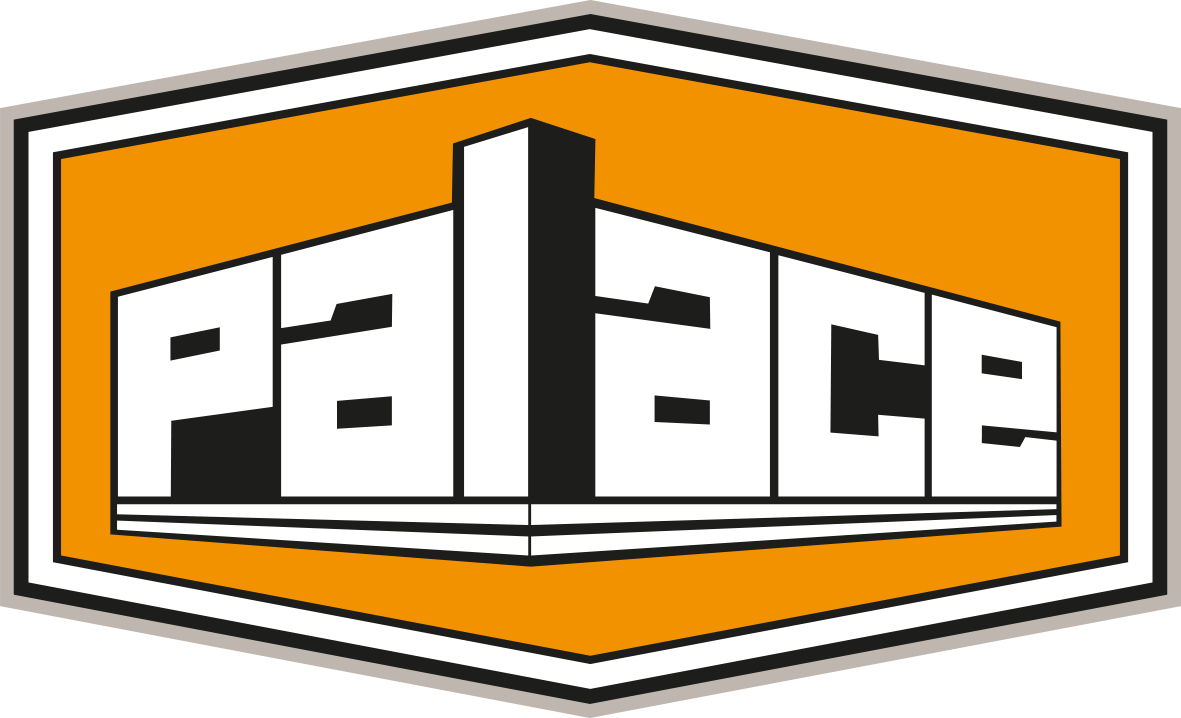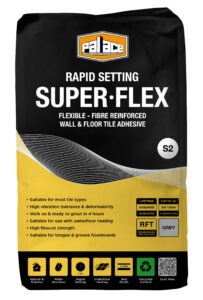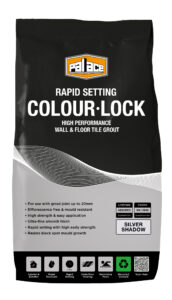LARGE FORMAT TILE AND STONE NOT ONLY PLACES EXTREME DEMANDS ON THE HANDLING OF THE TILES DUE TO THE OBVIOUS INCREASE IN WEIGHT & DIMENSIONS, BUT ALSO OF GREATER CONCERN IS ENSURING THAT THE TILED FLOOR SURFACE IS SET IN PLACE ON AN EVEN TRUE LEVEL WHILST AT THE SAME TIME ENSURING VIRTUALLY FULL CONTACT IS ACHIEVED WITH THE ADHESIVE BED BELOW.
Recommendations given by the Tile Association Guide suggests that the fixer should attempt to achieve “as near as possible 100% contact coverage” of the tile back to the adhesive and in real terms, the average contact area should be no less than 80%. However, on exterior elevations or in shower installations the level of contact coverage should be 95% or more to eliminate any voids beneath the tile where moisture can accumulate.
This level of application consistency can be verified by lifting (shortly after fixing) two or three tiles for inspection, whereby it should be possible to determine that the 80% or 95% coverage is sufficiently distributed to give full support of the tile. Note what happens below when a conventional sized trowel is used to fix various tile sizes, the larger tile on the right sees the contact coverage diminish, even though the same method has been used in each case:
This effect is a common cause of adhesion failure in the medium to long term a the tiled area is subject to persistent loading the lack of full contact achieved with the large format tiles places greate stress on the limited area which remains in contact and is therefore more at risk of delamination when subject to heavier or persistent loading.
The code of practice BS 5385-1:2009 makes the recommendation in section 7.2.1.5 for large format tiles to be “back buttered”, especially where the tile backs have profiles which are buttoned, ridged or deep keyed. A thin coat of adhesive should be spread on the back of the tile before it is then laid on an adhesive bed which ideally has been prepared with either a “large format” 25mm diameter round notched floor trowel or there are new designs of trowel available where the notch design assists in ensuring higher degree of contact coverage. The new euro style trowel/slant notch trowels employ a unique design which places more thin-set mortar onto the substrate and the tile back. The design of the notches allows for easier/faster compaction of the adhesive bed without voids which ultimately leads to better coverage without significantly increasing the bed depth.



